James Webb Telescope captures stunning spiral galaxy in a field of galaxies
The Spiral Galaxy, captured by the James Webb Space Telescope, is located nearly 1 billion light-years away from Earth, in the constellation of Hercules.

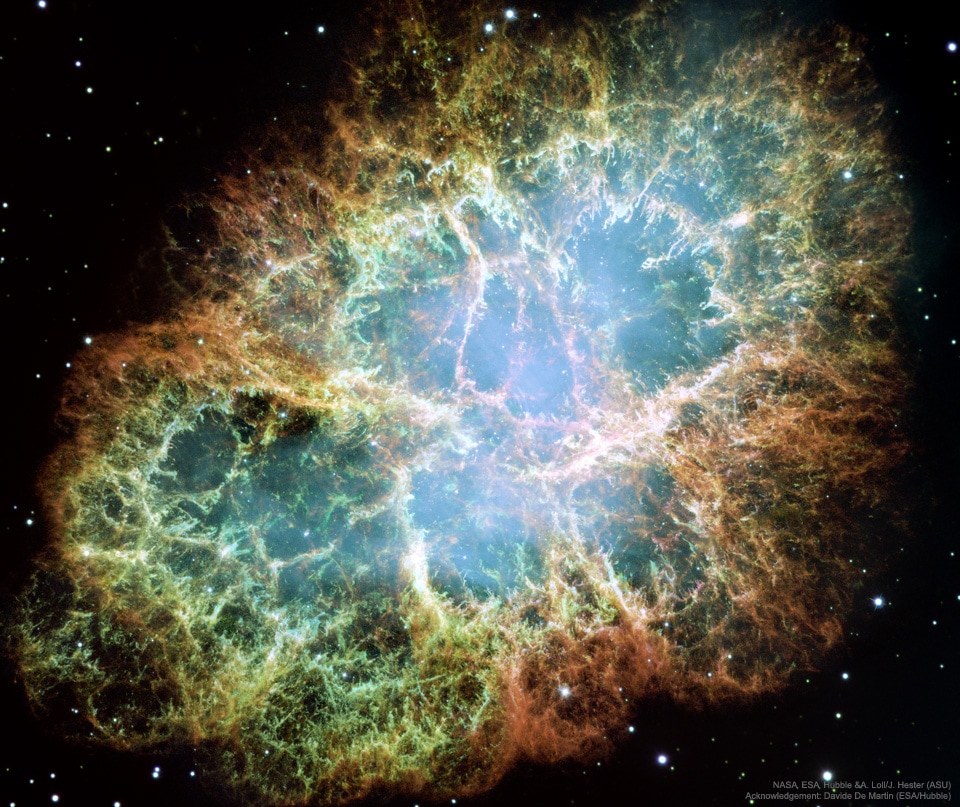
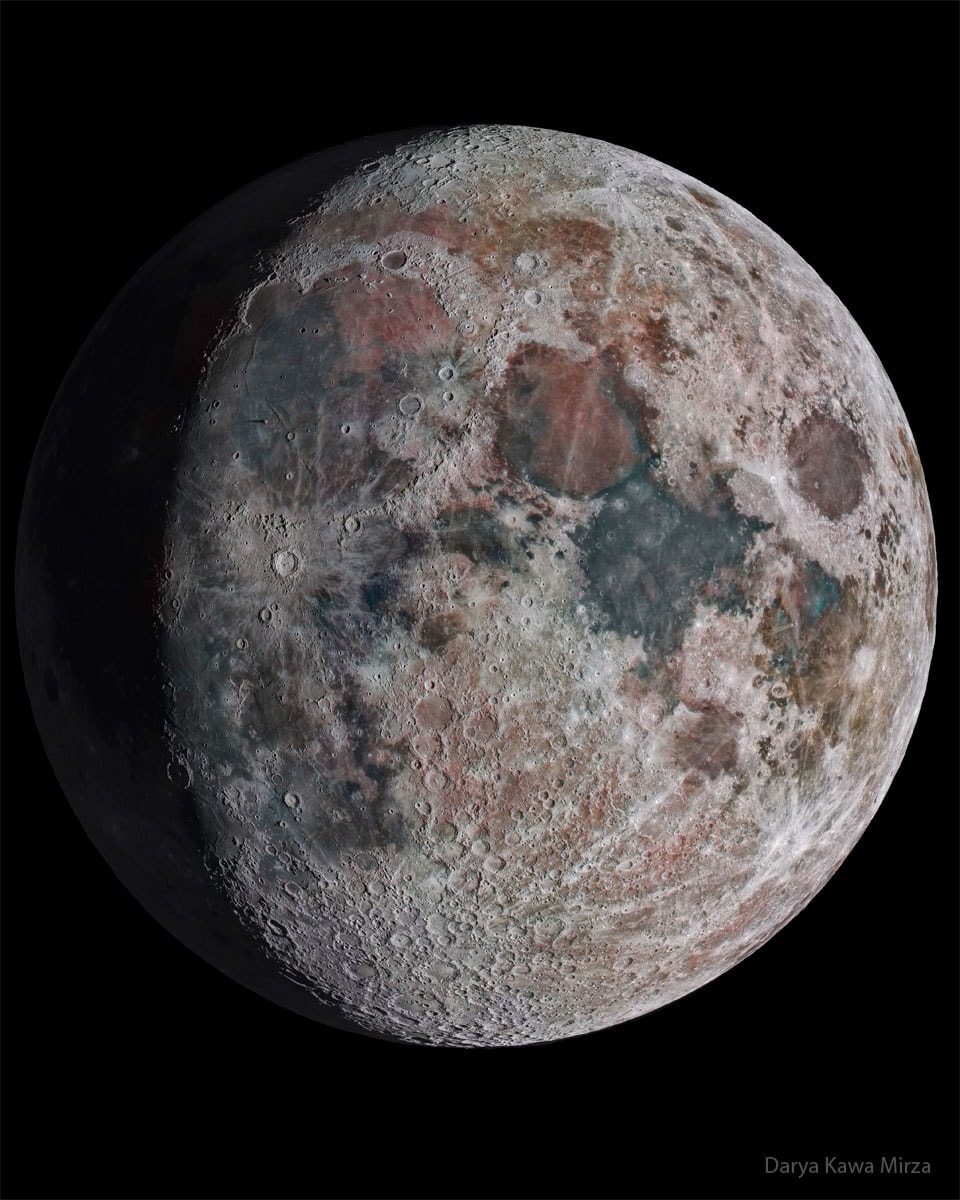
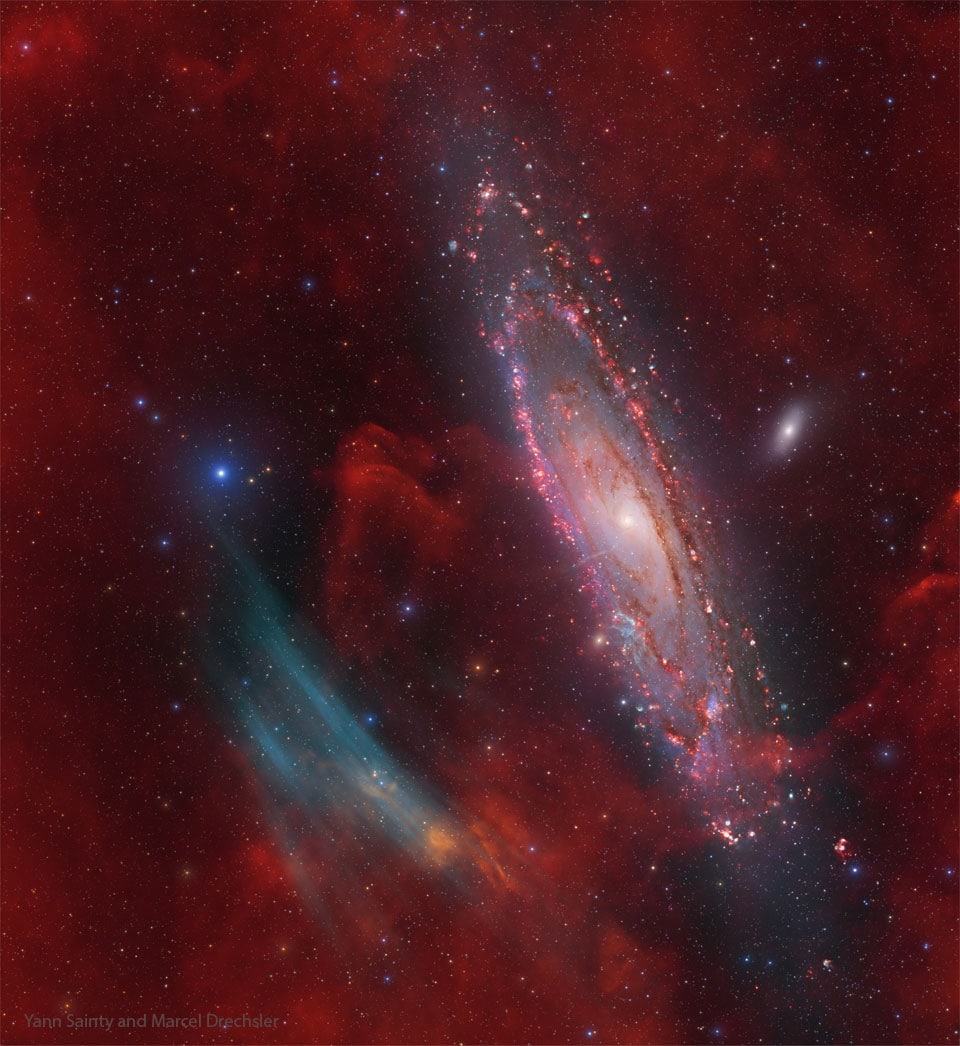
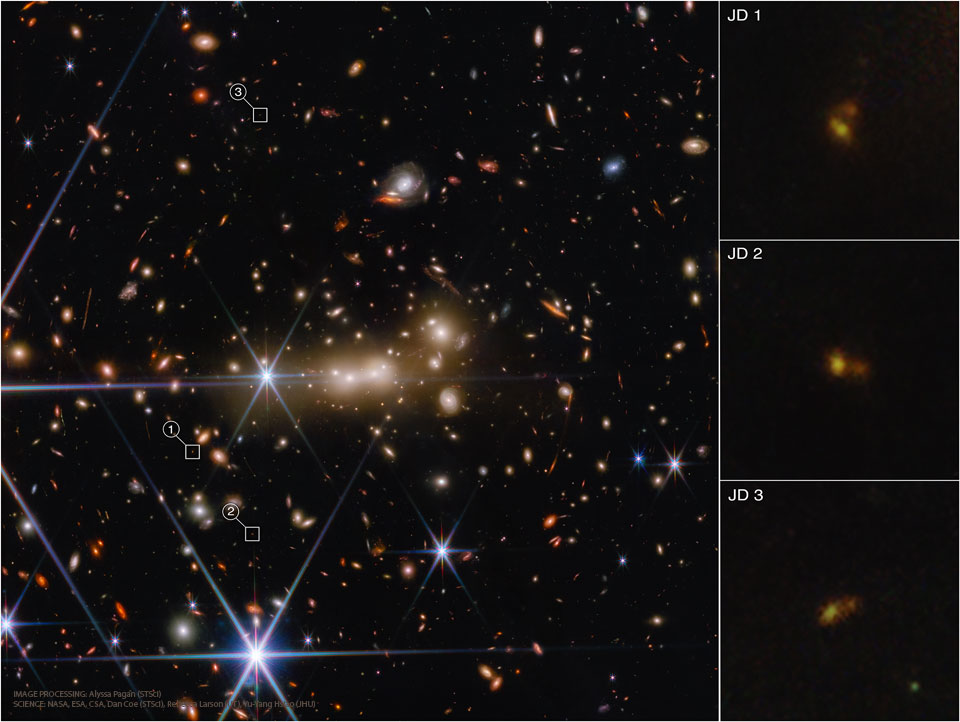
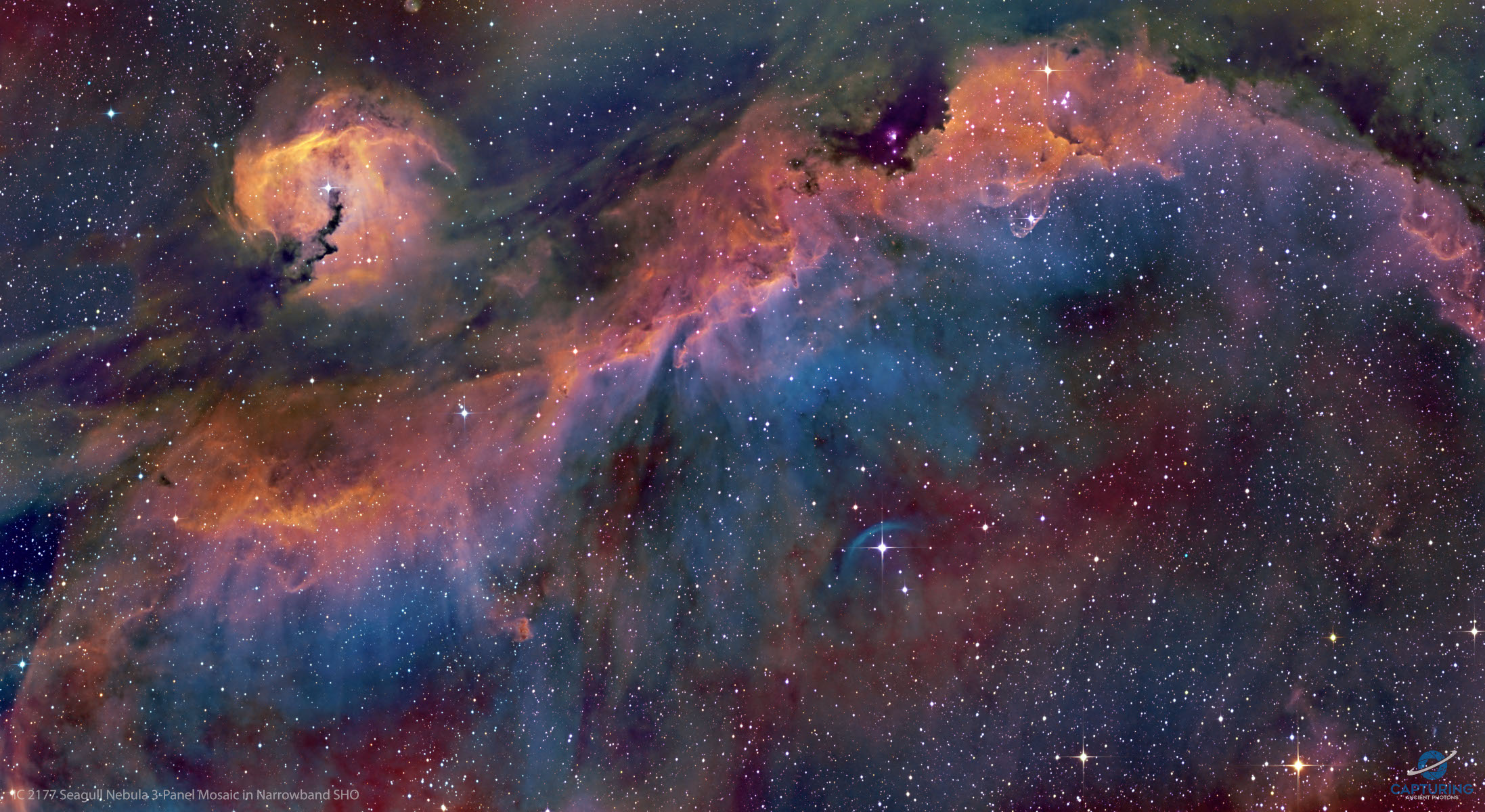
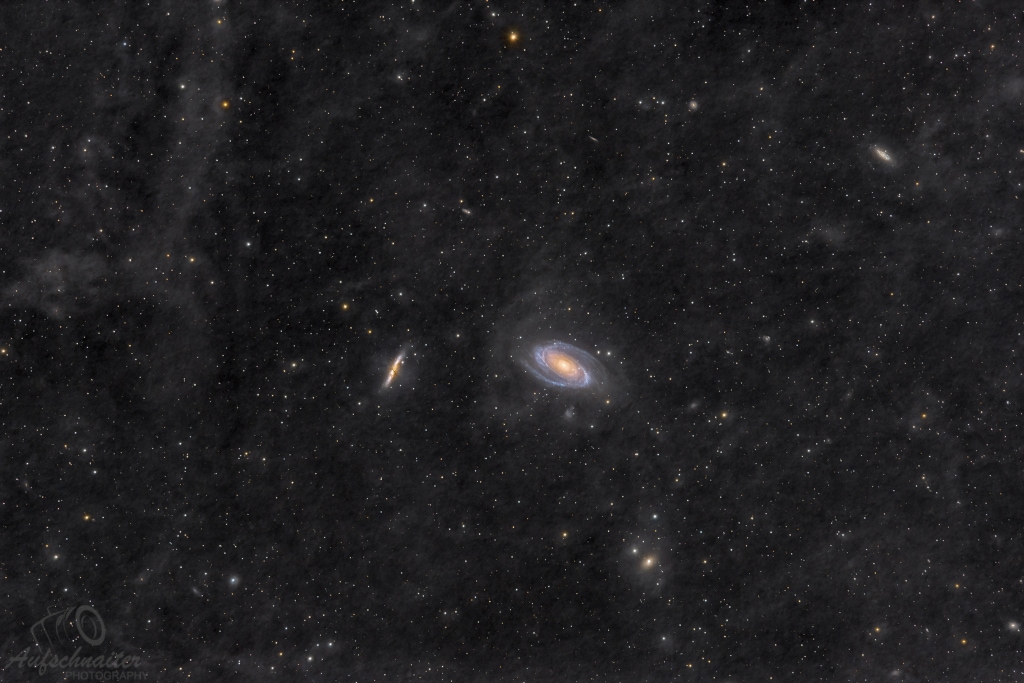
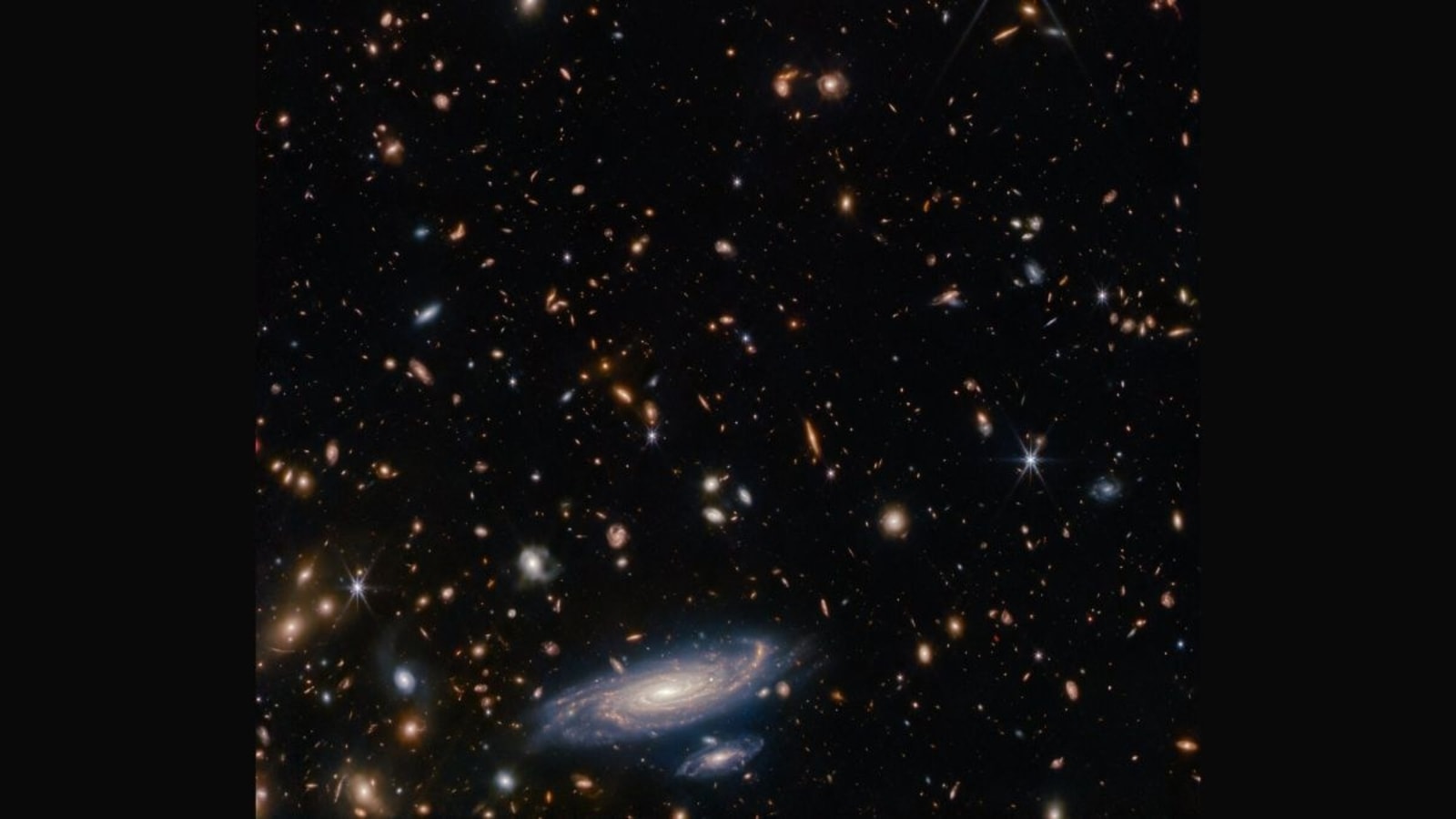
 View all Images
View all ImagesA galaxy is held together by gravity and is a huge collection of gas, dust, billions of stars and their solar systems. Galaxies come in a variety of sizes, from small dwarf galaxies with only a few billion stars to giant elliptical galaxies with trillions of stars. Although most galaxies have elliptical shapes, a few have unusual shapes like toothpicks or even rings. Though many galaxies are located thousands or even millions of light-years distant from Earth, NASA, ESA and other space agencies have bridged this distance, with the help of its advanced tech.
The James Webb Space Telescope has been amazing us with its capabilities with each passing day. NASA's $10 billion space telescope has been capturing breathtaking images of far-off galaxies, star clusters, black holes and more. It has now added another feather in its cap by capturing a spiral galaxy called LEDA 2046648 which is located almost 1 billion light-years away from Earth in the constellation of Hercules. LEDA 2046648 can be seen behind the space crowded by various stars and other galaxies.
What is a Spiral Galaxy?
According to NASA, Spiral galaxies are actively forming stars that make up a large amount of all the galaxies in our nearby universe. They can be further divided into two groups: normal spirals and barred spirals. In barred spirals, a bar of stars runs through the central bulge of the galaxy.
JWST's amazing tech which captured the image
The image was captured by the James Webb Space Telescope's Near Infrared Camera (NIRCam) which is the primary camera onboard the telescope. It has three specialized filters and captures images in two different infrared ranges. Astonishingly, it is capable of capturing some of the farthest away near-infrared images ever obtained, detecting light from the first stars and galaxies. NIRCam also has coronagraphic and spectroscopic capabilities and is the primary tool for alignment of the telescope.
Catch all the Latest Tech News, Mobile News, Laptop News, Gaming news, Wearables News , How To News, also keep up with us on Whatsapp channel,Twitter, Facebook, Google News, and Instagram. For our latest videos, subscribe to our YouTube channel.




























